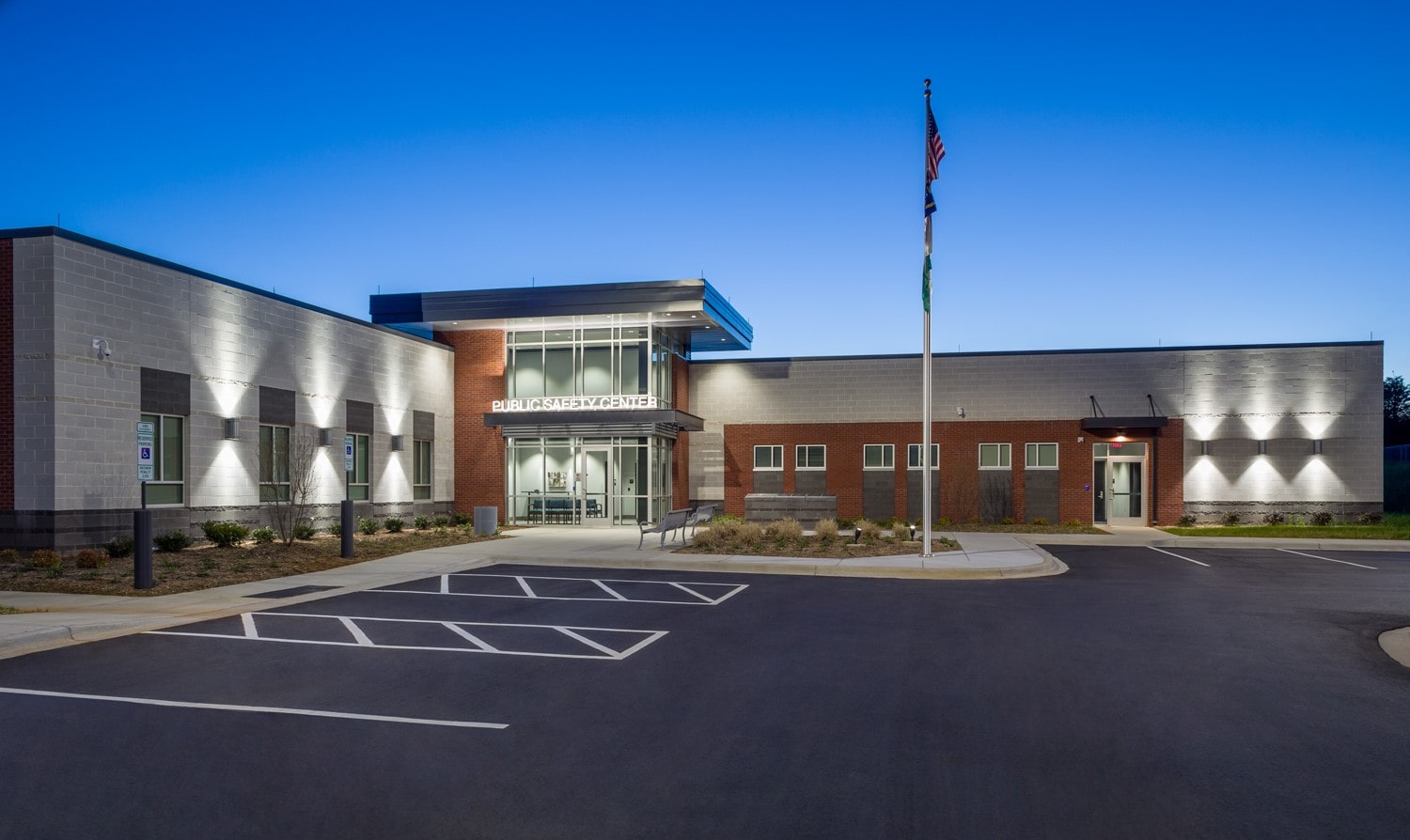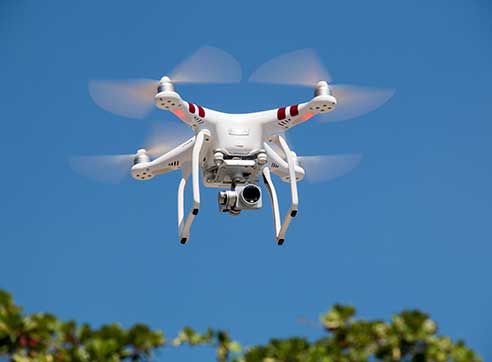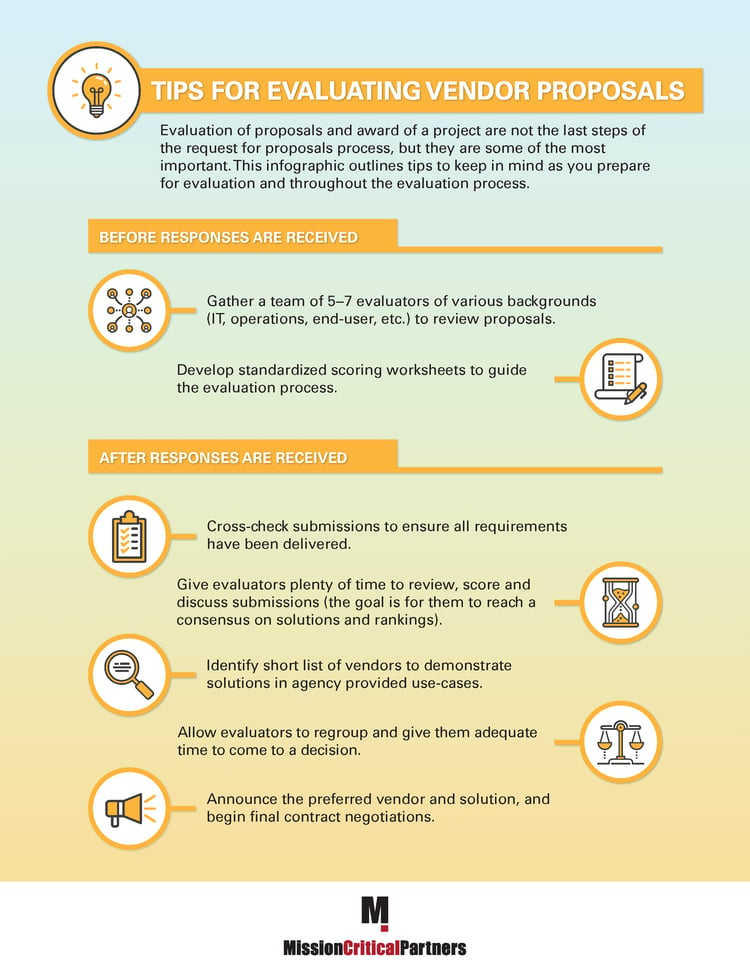NCT9-1-1 Revolutionizes 9-1-1 Service and Delivery with MCP's Guidance
In Summary:
- NCT9-1-1 is responsible for 43 PSAPs in 13 counties surrounding the Dallas/Fort Worth metroplex. They had a vision of leading the 9-1-1 sector with implementation of an Next Generation 9-1-1 system (NG9-1-1) and needed support building a roadmap to get there.
- Together, NCT9-1-1 and MCP created a strategic NG9-1-1 Master Plan that would enable a complete transition to NG9-1-1 while evolving the organization's entire program.
- NCT9-1-1 has made significant progress toward realizing the full benefits of NG9-1-1 technology all while enhancing its organizational culture.








